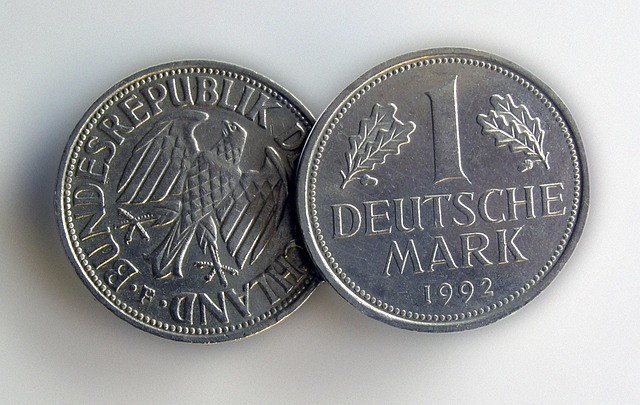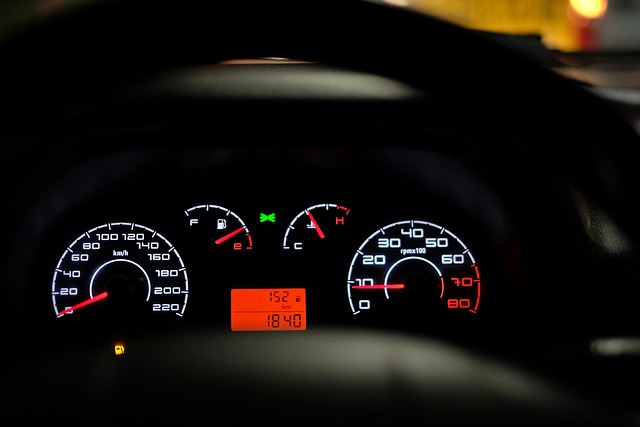When a car title loan defaults, direct communication with the lender is step one for reinstatement. Gather essential docs, understand repayment options like debt consolidation or term adjustments, and have emergency funds ready. Open, proactive conversations with the lender about specific reinstatement processes and terms are key to keeping your vehicle and resolving the situation mutually beneficially.
Looking to reclaim your vehicle after a car title loan repossession? This step-by-step guide outlines the process for car title loan reinstatement. First, understand your rights and rules regarding repossession. Next, gather essential documents required for reinstatement. Then, contact your lender to initiate negotiations, discussing terms and conditions for retrieving your vehicle. Each step is crucial in ensuring a smooth reinstatement process following a car title loan repossession.
- Understand Car Title Loan Repossession Rights and Rules
- Gather Necessary Documents for Reinstatement
- Contact Lender: Initiate Reinstatement Process and Negotiation
Understand Car Title Loan Repossession Rights and Rules

When a car title loan goes into default, the lender has the right to repossess the vehicle as per state laws and the terms agreed upon in the loan contract. However, borrowers should be aware that there are protections and processes in place for them after repossession. Understanding these rights and rules is crucial for anyone facing or looking to resolve a car title loan repossession.
The first step towards reinstating your loan and regaining control of your vehicle is to communicate with the lender directly. They can provide specific information about the reasons for repossession, outstanding balance, and potential options for repayment or loan terms adjustments. This interaction is key in navigating the reinstatement process, especially if you’re considering strategies like debt consolidation or a loan payoff plan to get back on track.
Gather Necessary Documents for Reinstatement

When it comes to car title loan reinstatement after repossession, the first step involves gathering all necessary documents. This process requires preparation and attention to detail. You’ll need to provide evidence of identity, such as a valid driver’s license or state ID card. Additionally, proof of residency is essential; this can be in the form of a recent utility bill or lease agreement. Another crucial document is the original car title, which serves as legal proof of ownership. Don’t forget to bring records related to your repayment history and any communication with the lender prior to repossession.
Understanding your repayment options is vital during this phase. Lenders often offer various reinstatement plans, allowing you to choose a suitable solution for getting back on track. Keeping your vehicle is usually an option, but it’s essential to discuss the terms and conditions with the lender. Having emergency funds readily available can also facilitate the process, as it demonstrates your commitment to repaying the loan promptly. Ensure that you carefully review all options and communicate openly with the lender to increase your chances of a successful reinstatement.
Contact Lender: Initiate Reinstatement Process and Negotiation

The first step in regaining control after a car repossession is to contact your lender directly. This is crucial for understanding the specific reinstatement process and loan terms applicable to your situation. Many lenders are open to negotiation, especially if you’re willing to discuss potential solutions like paying off the outstanding balance or restructuring your payments.
Initiating the conversation allows you to explore options such as an online application for a new loan, which can be more accessible than traditional methods, especially for those seeking semi truck loans or other specialized vehicle financing. By reaching out proactively, you demonstrate your commitment to resolving the situation and may find a mutually beneficial outcome that keeps your vehicle and gets your finances back on track.
Car title loan reinstatement after repossession is a feasible option for borrowers who have since rectified their financial situation. By understanding your rights, gathering essential documents, and initiating open communication with your lender, you can navigate the reinstatement process effectively. Remember, prompt action and transparency are key to potentially reclaiming ownership of your vehicle without permanent damage to your credit score.






